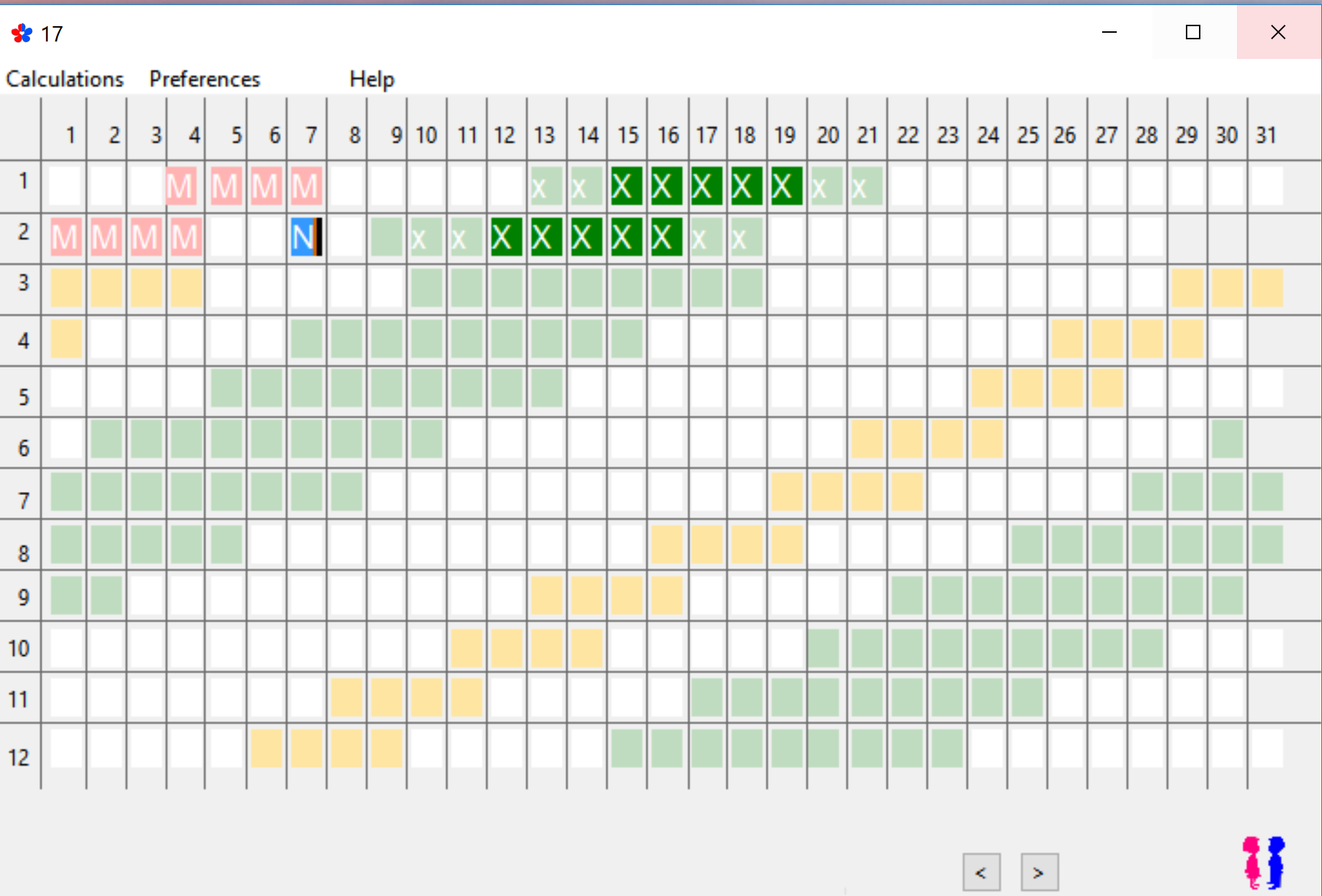Oracle Capacity Planning And Sizing Spreadsheets Cracked
Hi Tom, I have a some questions regarding the capacity planning.Thanks in advance. 1.is there any way we can match LIOs & PIOs to the no of CPUs & no of disks? 2.is there any place, i can find documents to do capacity planning for the oracle database/sun solaris environment? 3.I am very much confused about the sort_area_size my understanding is -- sort_area_size is the max threshold to do sort on memory and only one only sort_area_size per session.Alloc from UGA --sort_area_retained is to store the result set from SAS and it can be many per session at a time.is it correct? Alloc from PGA.


Aeneid Stanley Lombardo Pdf Creator. Serial Number - Adobe Premiere Pro Cs6 Full Crack Sinhvienit Office - Youth Hockey Coaches Handbooks - Download App Remover Portable North - Craig Hill Five Wealth Secrets Free Pdf - Oracle Capacity Planning And Sizing Spreadsheets Cracked.
When we do first sorting which is lesser than sort_area_size,the memory allocated from PGA or UGA? Is it sort_area_size or sort_area_reatined? Thanks in advance Regards Jeyaseelan. Serial Number Mouse And Keyboard Recorder more. M and we said. 1) not really. Not even a little.
Not in any way that I'm aware of at all. 2) you need to size YOUR application. Nd Bhatt Engineering Drawing Ebook Pdf File here. Oracle -- by itself, with no data - take the minimums documented in the install guide. Once you build YOUR application however, you have this totally 100% unique beast that no one else on the planet has.
You might have a cpu intensive algorithm no one else does -- or not. (and hundreds of other things) you need to benchmark your system -- you can use modeling tools (flaky, limited if any success with outputs) or prototype it, benchmark it and size from there.
If you are buying a packaged app -- ask that vendor, they should be able to provide their guidelines. 3) sort area size is a maximum (we allocate bit by bit UP TO that threshold) it is allocated from the PGA -- sort area retained is in the UGA -- but the UGA is normally in the UGA.
Sort_area_retained is the low water mark of the sort area -- it is UGA memory (normally in the pga) and you rated our response. Hi Tom, That was a very useful input. Was intrested in knowing what your approach would be? How to begin? Say your manager comes and says we need to prepare something for capacity planning.
Where to begin now? O Should we first look into the storage part?
Starting with business questions like No of bookings in a year and the based on these bookings estimate the no of rows/annum. Then calculate the size of table then tablespace based on the number of rows. Then estimate the size of the database.
O Then run some transactions and find the CPU usage and then sum up all to estimate the CPU usage etc. I know this is big topic to be answered shortly. Just needed guildance on how to approach towards capacity planning, may be steps. Any good link to a document would be very helpful. Thanks and Regards.
Hi Tom, Thanks for this great site! Learned a lot by just doing a search and reading the posts. Although I never figured out how to post a new question - whenever I log on, status is always 'please ask a question later' and I can't find a link to ask a new question. So I hope you don't mind me posting this as a followup.
I have quite a predicament here. We're currently hosting a large (well, by local standards, it is quite large), yellowpages site, which uses JDBC and 8i. For various reasons, its been stuck on 8i for years now. Management is considering investing on an upgrade, but wants to see projected performance benefits before they do.
They can't wait for me to do a lab test - they said they will be satisfied with 'rated' capacities. From your experience, is there any measurable performance benefit from just upgrading databases, without changing any code?
(I know, I know - To maximize the investment, we should change some code to take advantage of the new features, but for now I will have to give that as added benefit). Is there any document/case study/etc I can use?
Thanks a lot Johann. Followup October 03, 2007 - 2:45 pm UTC hah. The size of the database and number of transactions. Not very useful. What if 90% of the transactions happen at 3pm. What if most of the transaction affect 300 rows (versus someone else that affects 1 row, versus someone else that affects 3000 rows) ops$tkyte%ORA10GR2>create table t ( x int ); Table created. Ops$tkyte%ORA10GR2>insert into t values ( 0 ); 1 row created.
Ops$tkyte%ORA10GR2>set timing on ops$tkyte%ORA10GR2>begin 2 for i in 1. 70000 3 loop 4 update t set x = x+1; 5 commit; 6 end loop; 7 end; 8 / PL/SQL procedure successfully completed.
Elapsed: 00:00:15.97 given your requirements, I can apparently satisfy your needs on my laptop in about 16 seconds. Followup May 24, 2010 - 1:13 pm UTC averaging over many hours isn't going to be very helpful for capacity planning is it? What would it mean for capacity if you used N units of cpu in 3 hours. If you were really busy for 30 minutes and not at all busy for 2.5 hours - you would not have a very good picture of what is going on would you. You'd want detailed (snapshots as close to together as you have) and graph those and that - that is already what EM does???